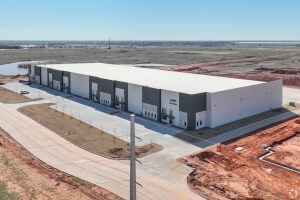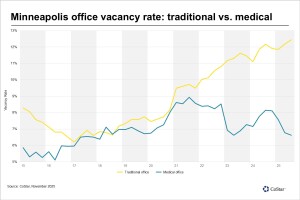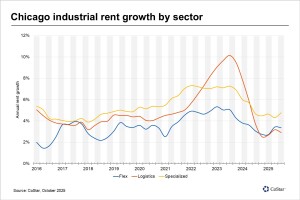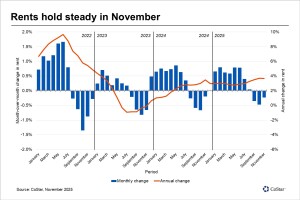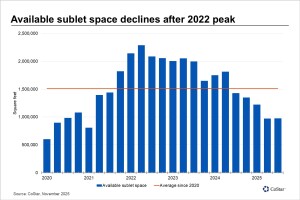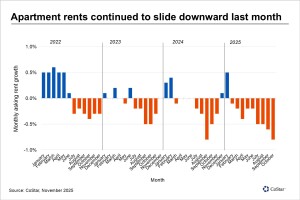November 26, 2025
Here's where big-box industrial property is thriving
U.S. industrial property markets emerging as the top performers in the big-box industrial sector are Oklahoma City, Oklahoma; Nashville, Tennessee; Richmond, Virginia; and Columbus, Ohio, based on three variables analyzed by CoStar Analytics.
